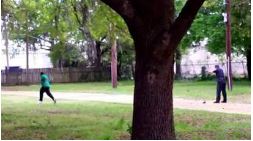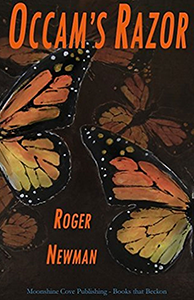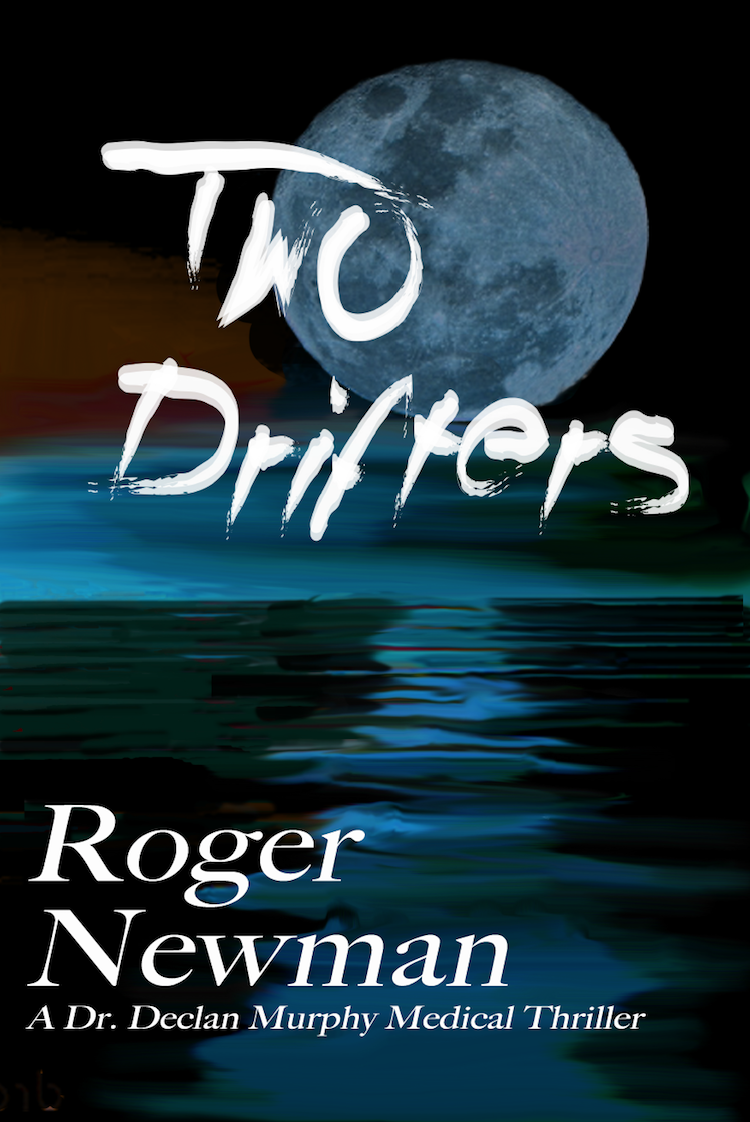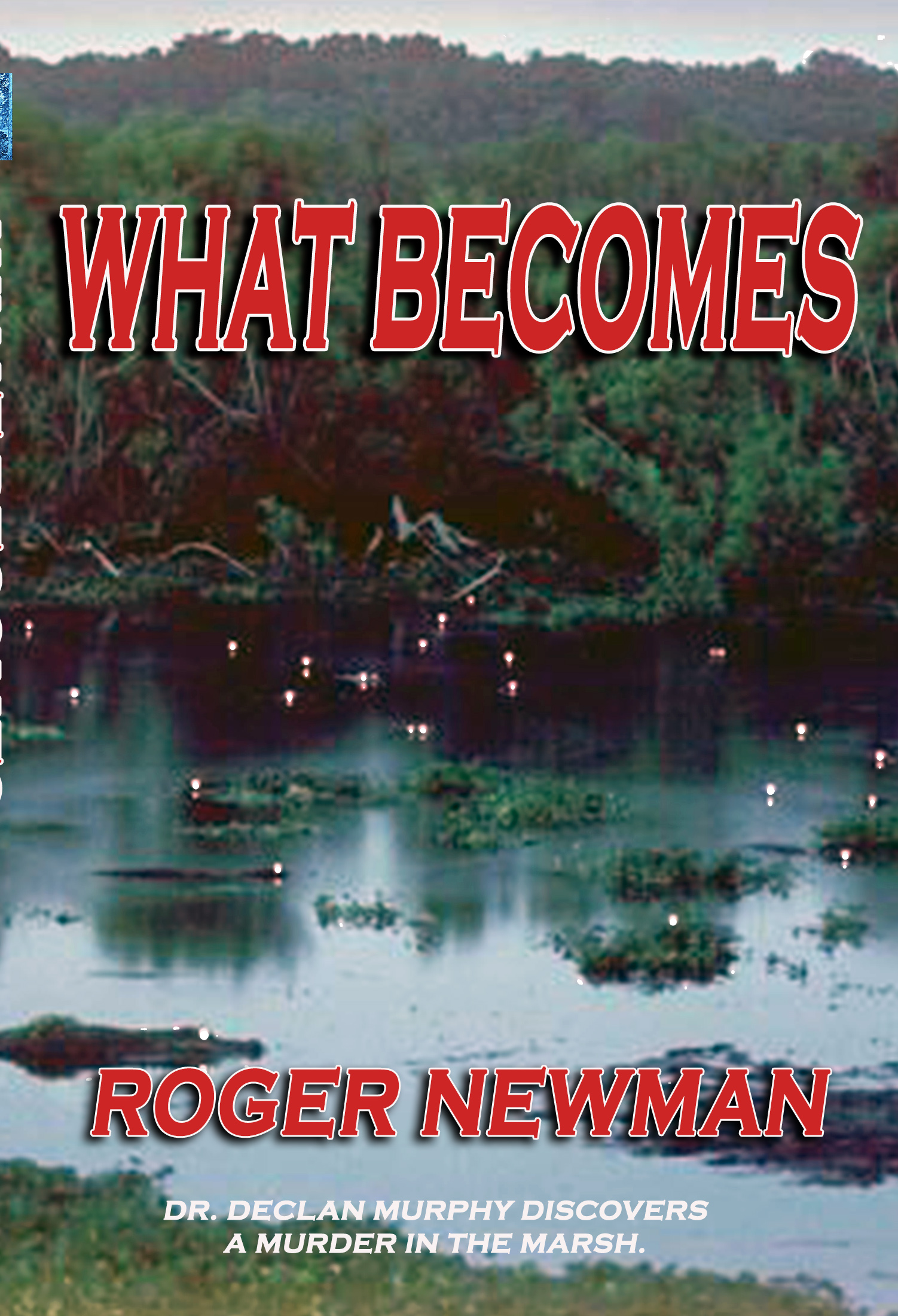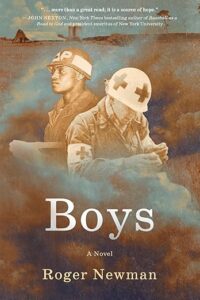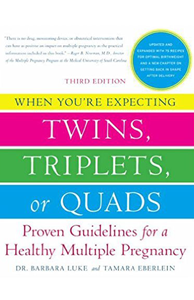Of course Black Lives Matter. The first casualty of emotion is reason. At best, it’s just silly to argue whether black or blue lives matter more. At worst, it is an ignorant (unlikely), disingenuous (likely) and racist false equivalency. Black lives matter, blue lives matter, green lives matter-all lives matter.
There is a crisis in America that needs to be addressed rationally and with open minds and hearts. Far too much of the current rhetoric in this country is divisive, dangerous and counter-productive. The gap between the police, who put their lives on the line to protect us every day, and black and other minority communities, who have been victimized by unfair and unequal treatment, must be bridged. It will not be easy, but Black Lives Matter is contributing to the solution, not the problem.
Black Lives Matter is about the value of all human life, not the relative values of human life. Black Lives Matter is about highlighting a problem and insisting that it be brought to national attention. By any objective measure, people of color, especially African-American males, have been disproportionately harassed, criminalized, oppressed and in some cases killed, by police, police policies and the criminal justice system.
If you don’t want to read the statistics, then just watch the videos. Not far from my house, Walter Scott was shot in the back 5 times by a 45-caliber Glock as he ran away from a traffic stop for a broken tail light. The police officer, Michael Slager, appears to throw down his Taser next to the body to use as a cover story which held up until the cell-phone video was released.
It is naïve to believe that these recent videos of black Americans being killed or brutalized at the hands of law enforcement are just a rare exception. Everyone has a cell phone and everyone knows to record all interactions with the police; just like the icily calm Diamond Reynolds did in Minnesota. That is why a national dialogue is required right now. If not, as they used to say, “It’s a movie coming soon to a theater near you.”
We should all be thankful that Black Lives Matter is pushing the issue. It must be openly addressed before it spirals more and more out of control. Every American, including the leaders of the Black Lives Matter movement, are outraged and horrified by the cowardly and hate-filled targeting of police officers. The shamefulness of that is best illustrated by the words of black police officer Montrell Jackson who wrote on a Facebook post that he was “physically and emotionally” exhausted by how difficult it was to be both a police officer and a black man. “I swear to God I love this city, but I wonder if this city loves me.” Montrell concluded with, “These are trying times. Please don’t let hate infect your heart.”
Montrell Jackson should have been part of the solution to the troubled relationship between law enforcement and minority communities. Unfortunately, he was murdered in Baton Rouge by a man, bent on revenge against the police, who had let hate infect his heart. A man for whom, black lives didn’t matter.
The purpose of an activist movement is to raise awareness. I was arguing with a member of my own Ob-Gyn department about the validity of the concerns raised by Black Lives Matter. I was struck by the irony that our departmental motto and marketing slogan is that “Every Woman Matters.” I don’t feel like wearing that T-shirt implies that men don’t matter. We believe that women need to be more respected and treated more equitably by our hospital, our health care system, community, state, and nation. A concern that we believe deserves awareness. Problems left unaddressed will fester.
Beyond voicing the problem, Black Lives Matter is also about identifying solutions. What can be done to re-establish trust and cooperation between the police and minority communities?
There is no doubt that prejudiced, ignorant, cowardly and gun-happy police exist. Most police are exceptional human beings, but they remain human beings with flaws and frailties; no different than men and women anywhere else in America. Similar bad apples exist in medicine, the judiciary, the military, business, government – every where. I honestly believe that those people are fewer in number than ever before. They are dying out and being weeded out by modern society.
However, until all those people are gone, there must be accountability for their bad actions. That is one of the leading principals of Black Lives Matter and one of the most disheartening disappointments when justice is denied. I know it may seem trite to some, but one of the most powerful moments in my life was when I was a child growing up in the South and watched the jury in To Kill A Mockingbird find Tom Robinson guilty.
Accountability can be handled in different ways and there are consequences. You can stonewall and deny; the way they chose in Ferguson, MO. The resulting Justice Department investigation exposed their systematic bigotry and probably, forever, destroyed any hope of trust between the police and the Ferguson black community. We will hear from Ferguson again.
Or it can be handled the way North Charleston handled the Walter Scott shooting. Within a day of seeing the video, both Mayor Sumney and the North Charleston police chief called the officer’s actions indefensible. The Grand Jury indicted him on murder charges (trial is pending). The North Charleston City Council agreed to a $6.5 million settlement with the Scott family, and the S.C. legislature passed a bill mandating police use of body cameras. The North Charleston police have already implement pilot projects designed to integrate police into the community.
Because of Black Lives Matter, the nation will be watching for accountability following the deaths of Alton Sterling who was shot 6 times in the chest while pinned underneath two police officers in Baton Rouge, LA and Philando Castile who was shot to death in the front seat of his car by a Latino policeman after a traffic stop for another broken tail light. How many of you have been stopped for a broken tail light? Not me, or anyone I know, that isn’t black.
Despite the presence of bad apples and the critical need for accountability and justice, I absolutely believe that the greater problem is with police policies, rather than with the police themselves. On one hand, that is a very good thing because it is far easier to modify policies than it is to modify adult behavior. On the other, it is difficult because police policies frequently reflect existing political power and ideology.
The greatest abuses of police power in this country have occurred when the police are used as a blunt force tool to protect those in political power, protect community or national ideologies, and to protect the wealthy from the redistribution of that wealth. Henry Ford (King of the Motor City) used the police to brutalize the Ford Motor Company workers demanding union reforms. Police burned the Hobos out of the Hooverville on the Washington Mall during the Great Depression. California used its State Police to keep the Okies from squatting in the Central Valley and to keep them working for 5-cents a bushel.
The concerns of Black Lives Matter are the same as the white Dust Bowl farmers of the 1930s chronicled in the classic American novel, The Grapes of Wrath. John Steinbeck told us the story of his disenfranchised American anti-hero Tom Joad, his family and friends trying to survive their displacement to California. Near the end of the novel Tom has a conversation with his mother as he prepares to flee from the police.
Ma: Tommy, you’re not aimin’ to kill nobody.
Tom: No, Ma, not that. That ain’t it. It’s just, well as long as I’m an outlaw anyways… maybe I can do somethin’… maybe I can just find out somethin’, just scrounge around and maybe find out what it is that’s wrong and see if they ain’t somethin’ that can be done about it. I ain’t thought it out all clear, Ma. I can’t. I don’t know enough.
Ma: How am I gonna know about ya, Tommy? Why they could kill ya and I’d never know. They could hurt ya. How am I gonna know?
Tom: Well, maybe it’s like Casy says. A fellow ain’t got a soul of his own, just little piece of a big soul, the one big soul that belongs to everybody, then…
Ma: Then what, Tom?
Tom: Then it don’t matter. I’ll be all around in the dark – I’ll be everywhere. Wherever you can look – wherever there’s a fight, so hungry people can eat, I’ll be there. Wherever there’s a cop beatin’ up a guy, I’ll be there. I’ll be in the way guys yell when they’re mad. I’ll be in the way kids laugh when they’re hungry and they know supper’s ready, and when the people are eatin’ the stuff they raise and livin’ in the houses they build – I’ll be there, too.
In the 1940s, the police evicted Japanese –Americans from their homes and businesses and placed then in internment camps. In the 1960’s militarized police killed 4 students at Kent State for protesting the Vietnam War. Later in the 1960s, segregation in the Deep South was maintained by police with dogs, fire hoses, batons and bullets.In each case, the police were doing the work of acceptable political ideology.
In 1999, Bruce Springsteen wrote American Skin (41 Shots) about the killing of Amadou Diallo by the New York police when he reached for his wallet. No one has ever criticized Bruce Springsteen’s patriotism or love for the USA, however, the Patrolmen’s Benevolent Association unsuccessfully called for a boycott of his performances at Madison Square Garden. Bruce Springsteen understood 16 years ago the anxiety of the African-American community when having to deal with their neighborhood police.
“41 shots, Lena gets her son ready for school
She says, “On these streets, Charles
You’ve got to understand the rules
If an officer stops you, promise me you’ll always be polite
And that you’ll never ever run away
Promise Mama you’ll keep your hands in sight”
Is it a gun (is it a gun), is it a knife (is it a knife)
Is it a wallet (is it a wallet), this is your life (this is your life)
It ain’t no secret (it ain’t no secret)
It ain’t no secret (it ain’t no secret)
No secret my friend
You can get killed just for living in your American skin”
The surprise isn’t that Black Lives Matter exists. The surprise is that it took so long for it to get here. No one needs to wear a Black Lives Matter T-shirt unless they want to. But everyone needs to recognize that a serious problem exists in the relationship between the police and minority population communities. It has been going on for a long time and it isn’t debatable. “It ain’t no secret, my friend.”
It just must be understood that the police “serve the public” and “the public” is defined by those in power and with political influence. The conversation that Black Lives Matter is pushing is a re-evaluation of who “the public” is and what the public expects. With every person who speaks out in support of Black Lives Matter, “the public” is a little more clearly defined and that is how change occurs.
There is a Presidential election coming in 4 months and we must listen to how the candidates respond to Black Lives Matter. How do they intend to address the riff between police and minority communities? What are they going to do to address the socio-economic, educational, healthcare, job opportunities and judicial disparities that result in excess crime in many minority communities? What are they going to do about guns that feed and accelerate the violence? Can’t we do something to control the proliferation of weapons that have no purpose other than kill human beings in large numbers as rapidly as possible?
The national election, however, pales in importance to the state and local elections of everybody from Governor down to dog catcher, and especially the Chief of Police. Find out what their positions are and their policy expectations when it comes to policing. At the local level, the public has the best chance of electing people who represent their will. Nowhere better illustrates the importance of good local government than the comparison of Ferguson to North Charleston.
When you interact with candidates ask them why black drivers are pulled over in disproportionate numbers compared to white drivers. Ask them why black drivers (or any driver) are ever pulled over for broken tail lights? Is a broken tail light ever worth dying for? Take a picture and send them a letter. Ask them why police have to shoot to kill every time they pull their weapon? The two officers in Baton Rouge laying on top of Alton Sterling probably could have gotten his attention with a Billy club or a bullet in his thigh instead of 6 in the chest. These are policy issues.
Ask them why police radio calls just announce “shots fired” instead of identifying whether it is the police or suspect who has fired shots? The Charleston paper today discussed the case of a white man who admittedly ran from a police traffic stop and survived being shot 12 times and shot at 48 times during a high speed chase by multiple police. The radio call reported “shots fired” even though the shots had come from the initial traffic patrolman.
Can’t we figure out policies that reduce the number of high speed chases? Can’t it be established that firing blindly into a car is inappropriate unless shots have been fired out of the car? Can’t individuals who are mentally challenged be managed with non-lethal force? My son is a fireman and has watched the police kill a delusional white man on his front porch in a high-end neighborhood wielding a knife. There was an overwhelming force of police on hand; sufficient to control the man with non-lethal force. The fire department suggested blowing him off the porch with a water cannon but were told that wasn’t policy.
If you can’t read the writing on the wall, then just count the bodies on both sides. Black Lives Matter is reminding us all that we must demand better. In the past 20 years, the police have become armed to the teeth, militarized and organized into Navy Seal-like rapid strike forces. They have been taught aggressive confrontational styles and SOPs that include shooting to kill whenever a gun is pulled. Why not pepper sprays, or Tasers or rubber bullets? It will not be easy to change this law enforcement culture to a community-based, community-engagement model.
The first step is to stop arguing over which color life matters most, then we, the public, must acknowledge the problem and demand change. The details of those policy changes can be worked out, respectful of the dangers confronted by police, but also cognizant of the public’s demand to reduce the violence and for the police to become more trusted, respected, and vital at the community level in all communities. Just as with other police excesses in the past, once the public makes it clear to the powerful and political what is expected, and what is unacceptable, the police will “serve the public.”
Attached is a You Tube video of a Bruce Springsteen performance of American Skin (41 Shots). Even if you don’t care for the message, you should watch just to appreciate passion in Springsteen’s singing and playing and the sweet saxophone by Clarence “The Big Man” Clemons at the end.
Roger Newman, MD is a Professor and Maas Chair for Reproductive Sciences. While Dr. Newman has worked for more than 30 years at MUSC, his opinions are his alone and do not necessarily represent those of the Medical University of South Carolina.

